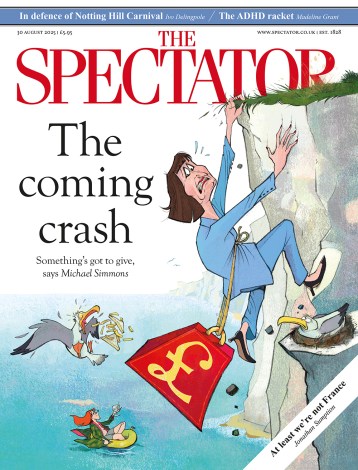Few would look for what academics might call ‘a gay sub-text’ in the Waverley novels.
Few would look for what academics might call ‘a gay sub-text’ in the Waverley novels. Nevertheless, writing of the relationship between the two young men who share most of the narrative in Redgauntlet, Professor David Hewitt, editor of the splendid Edinburgh Edition, declares ‘Alan and Darsie are in love with each other. There is absolutely no suggestion of their relationship being physical, but the love is overt.’ They regularly express passionate friendship for each other in the letters they exchange, and when Alan displays his interest in the girl whom he knows only as ‘Green Mantle’, Darsie ‘uses the words in which David laments the death of Jonathan, “my love for Alan Fairford surpasses the love of woman” ’ . Then, acknowledging that ‘this fair unknown has made a deeper impression’ on Alan than he is ready to admit, Darsie tell him he ‘shall see I can tear the arrow from my own wound, barb and all’. ‘The arrow he pulls out is Cupid’s,’ Hewitt writes, ‘and implies erotic desire.’
The argument is convincing, Hewitt also adducing much additional evidence. Moreover, in an uncanny anticipation of modern usage, Alan’s father, the worthy and deeply respectable Edinburgh lawyer, is happy when Darsie sets off on his travels because it affords ‘the means of separating Alan from his gay companion’. To Saunders Fairford’s mind, the close friendship between the boys was a disturbing one, not only, one senses, because of his fear that it would distract Alan from his career. Indeed it does just that, for, on learning that Darsie is in danger, Alan abandons his first case and his vexatious client, and dashes off in search of his friend.
Later the girl ‘Green Mantle’ is revealed to be Darsie’s sister, Lilias. She and Alan will fall in love and marry. This may make some readers think of the triangle in Brideshead — Charles Ryder, Sebastian and Julia. Perhaps some day Lilias, speaking of her brother, will say, like Julia, ‘you loved him, didn’t you?’ and Alan, like Charles, will reply, ‘Oh yes. He was the forerunner.’
It would be wrong to suppose that Scott was not aware of the nature of the feelings Darsie and Alan have for each other or that the novel would be stronger if they were made explicit as they would be today. The intensity of their sentiments is sufficiently clear, comparable to those which inspired Tennyson’s elegy for Arthur Hallam. Passionate attachments between people of the same sex are natural in adolescence, whether they are given physical expression or not. A similar case in point is the relationship between Steerforth and David Copperfield. The dazzling Steerforth is David’s adored hero and protector, and there is no doubt that David is in love with him, though that love is scarcely reciprocated to the same degree, David perhaps being for the older boy no more than a pretty little pet whose devotion is both amusing and flattering.
Another relationship which invites speculation is that between Alan Breck Stewart and David Balfour in Kidnapped and Catriona. It is an unequal one, for David is at the outset an inexperienced boy of perhaps 18, while Alan is a soldier of fortune in, one assumes, his thirties. David is thoroughly heterosexual, as is made evident in the second novel, just as Stevenson was himself. Yet there was an element of the erotic in the attraction that Stevenson had for his male friends, and perhaps in Alan Breck’s feelings for David. Their quarrel after Alan has lost the money David lent him, playing cards with Cluny Macpherson, is a sort of lovers’ tiff. In like manner when Stevenson fell out with his friend, W. E. Henley (reputedly a model for Long John Silver in Treasure Island), Henley’s excessive bitterness, sparked partly by his fierce dislike and jealousy of Stevenson’s wife, Fanny, smacks of the spurned or disappointed lover. As for Alan, though he has an easy way with serving girls, there is no suggestion of any serious attachment to a woman, and when, near the end of the second novel, he says to Catriona, ‘If I ever was to get married, it’s the marrow of you I would be seeking for a mother to my sons’, it’s clear that any marriage is out of the question. It is, however, Alan who finally opens David’s eyes to the reality of Catriona’s love, telling him that there are ‘two kinds of women — them that would sell their shifts for ye, and the others’. Which remark he made ‘with a queer smile’. In the end, his devotion to David is seen to be selfless, though one may doubt whether David fully appreciates its nature, and it may appear that Alan is ready to settle for the role of Catriona’s gay friend. Matter there perhaps for some aspiring PhD student.





Comments